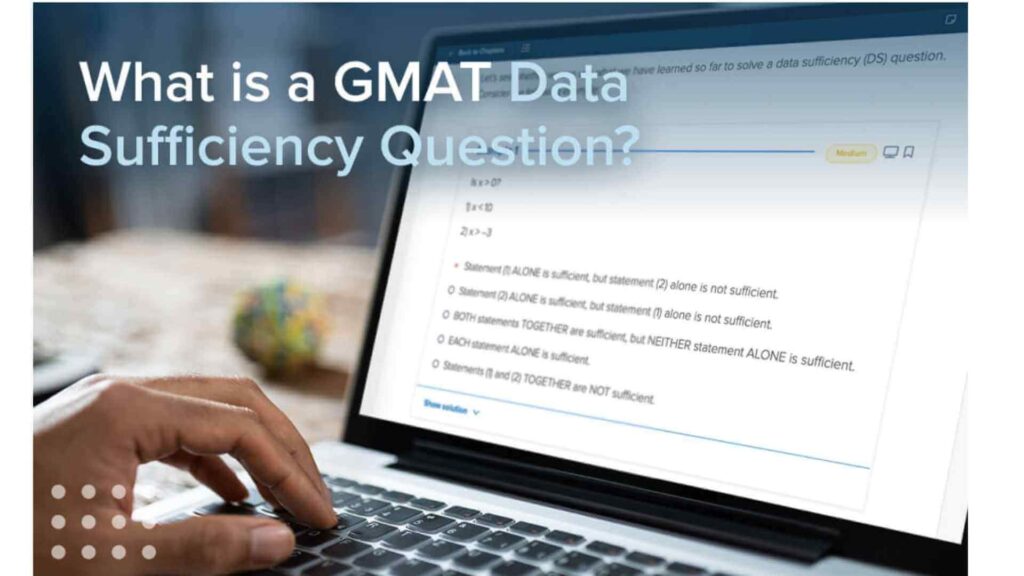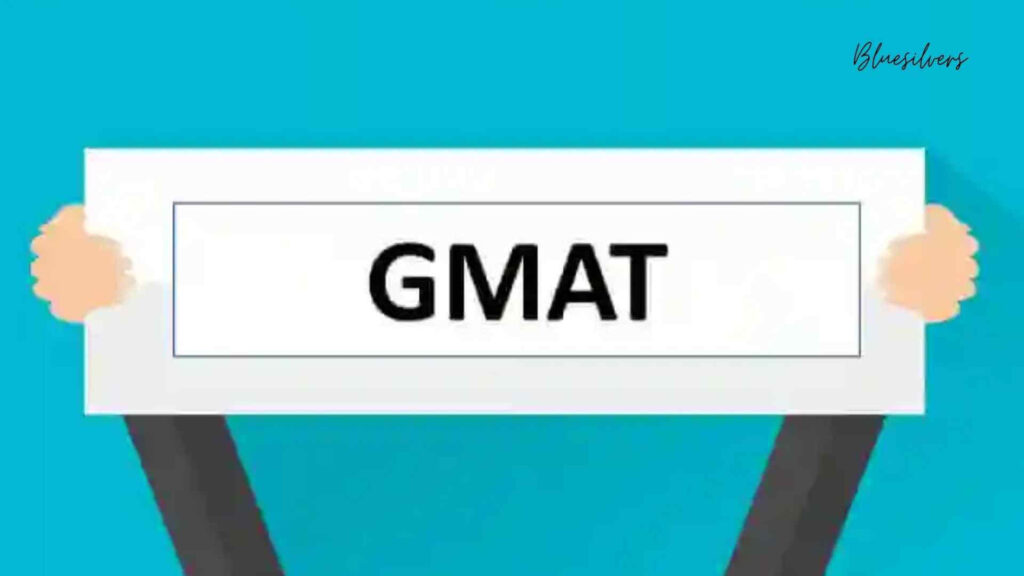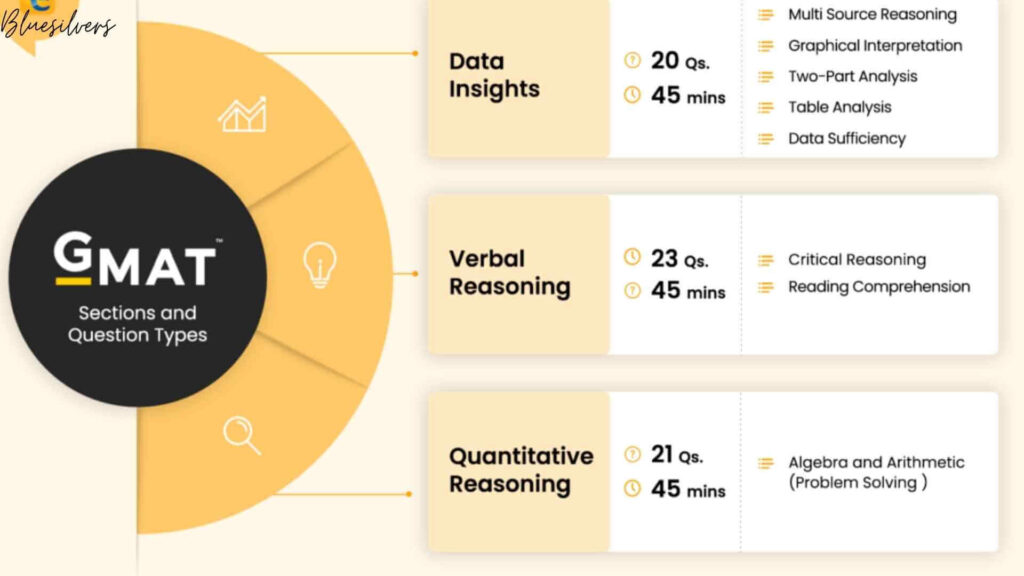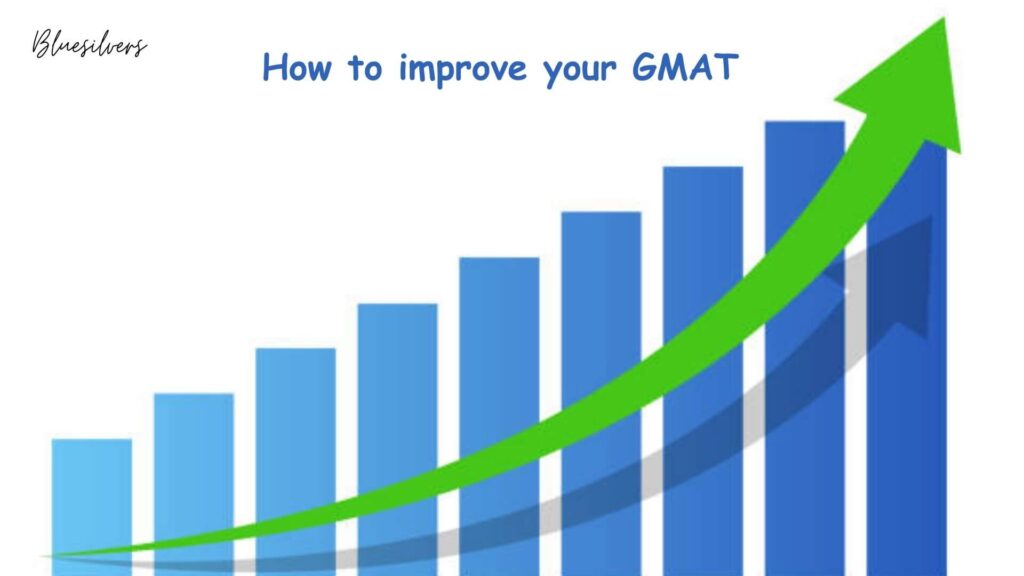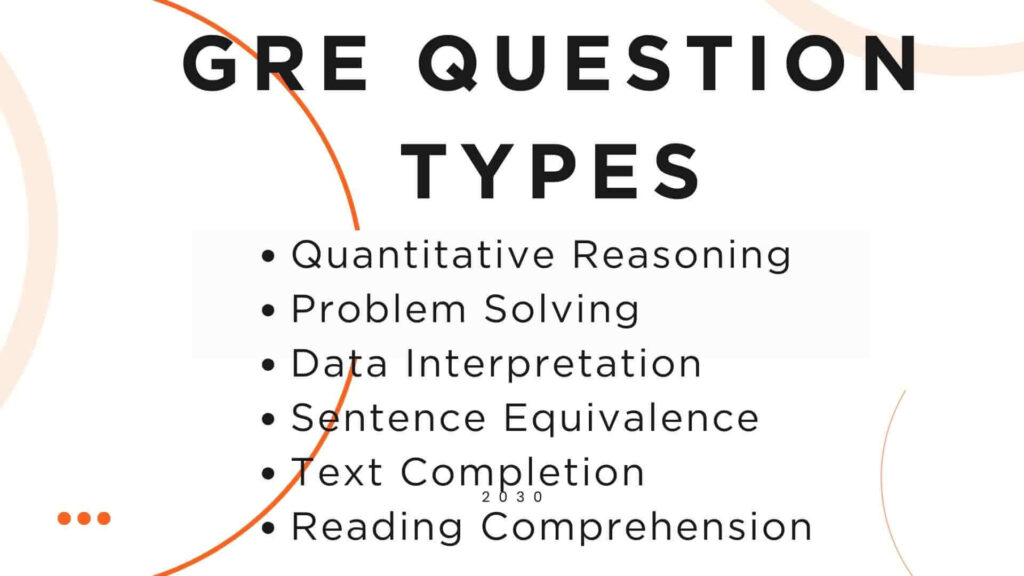Several GMAT experts have adopted and explained several ways to deal with the GMAT Data Sufficiency, but I want to explain one of the simplest ways to understand and solve questions on Data Sufficiency. Before, I continue, you may need to know what makes me qualify to write this article. I am the founder of Bluesilvers TestPrep – a result oriented consulting firm. I started teaching the GMAT especially the Quantitative since 2011. This is what I do full time and I have been privilege to train many students both from Nigeria and from abroad. This is not to sell myself, but to give you an assurance that anything I am going to say here is from bulk of experiences I have learnt thus far.
The most important thing to understanding Data Sufficiency is to under its meaning from a normal life perspective. How do I mean? Let’s consider the structure of Data Sufficiency.
The structure of Data Sufficiency questions can simply be explained in this simple term. A question is asked from you and two responds called statements are given. Your job is to see, analyze, calculate and discern whether each of the statement can answer the question asked. You will need to think about the first statement to see if it can answer the question. You will have to do the same for the second statement. If statement 1 can answer it and two cannot, you will say statement 1 is sufficient and statement 2 is not. The reserve can also happen if statement 1 can’t answer the question, but statement 2 can. The last possibility is possible when the two given statements cannot answer the question independently. We will have to consider both statements together to see if they can answer the given question. Sufficiency means the statement(s) given precisely answer the question e.g.
Question 1: where is Joe?
- Joe travelled to London yesterday
- James went to the stadium with his friends.
You will see that the statement 1 tell us where Joe is. Meaning it answered the question of the person who asked the question. Statement 2 doesn’t give us anything related to Joe. We don’t know whether James and Joe are friends. So, we can’t say emphatically that Joe went with James. In this example, statement 1 is sufficient and 2 is not. The answer to this question is A. how do we know the answer is A. just continue to read, you will soon understand.
Question 2: Joyce asked Tim: How old are you?
- Tim answered: I am 3 years older than James
- Tim answered: In 2005, I was 6 years
Solution
In statement (1) Tim says I am 3 years older than James. We have to know how old James is before Tim’s age can be determined. Since statement (1) does not say how old Tim is. Therefore we cannot determine Tim’s age. We conclude that statement (1) is not sufficient. Meaning that statement (1) does not answered the question asked.
Statement (2) says that, in 2005, Tim was 6 years. I have a challenge with this statement. The challenge is that we are not told the year the question was asked. If the question was asked in 2009, then Tim was 9years. If it was the present year 2014, Tim is 14 years. Since I have no idea of what year the question was asked, we cannot actually determine Tim’s age. We conclude that statement (2) is not sufficient.
We have to combine both statements because any of the statements is not sufficient. If one of the statements is sufficient, we will not have to combine both statements. From statements 1 and 2, we cannot really get anything meaningful. Statement (1) requires further information about James which was not provided in statement (2). Also, statement (2) need information about the current year the question was asked which was not provided in statement (1). We say that both statements taken together are not sufficient. The answer is (E).
- How do we know the answer is (E)? Let’s consider the answer format.
- Statement (1) alone is sufficient, but statement (2) alone is not sufficient.
- Statement (2) alone is sufficient, but statement (1) alone is not sufficient.
- Both statements taken together are sufficient
- Each statement is sufficient to answer the given question
- Neither statement is sufficient to answer the given question.
This option format will always appear in any Data Sufficiency question.
Having understood the meaning, let’s move a bit technical.
Testing number
The best approach to data sufficiency is testing or analyzing with numbers especially, if the question is an integer (whole numbers which could be positive or negative) question. If a question says, y is an integer, we have infinite integers. How do we know where to pick our integers from? Picking numbers from a particular range depends on the nature of the question, however, we can decide to start from 0 and move positive, after which we can pick the negative numbers. We should also notice the properties of the integers mentioned in the question. If the question refers to m as a positive integer, then we only go for the positive integers.
Types of data sufficiency questions
- Value problem: the value questions require that you get a single value. The value question types are always given in the format: what is the value of x? In a case where x has 2 or more answers, we consider the statement that gives the 2 values of x as insufficient.
Question 3: what is the value of x?
Solution
We have to analyze the question. Note that the question: what is the … is singular. This means that we are only interested in getting a single value for x. in a case we get 2 values for x, we say the statement is insufficient.
From statement (1), that is, we got two values for x. we conclude that statement (1) does not answer the question. This is because x can be either +2 or -2. Remember that the question specifically asked for a singular value of x.
Statement (2) tells us that x < 0. There are several values of x. x can be -1, -2, -3… we say that statement (2) is not sufficient.
The last step is to combine both statements. We only combine both statements when each statement on its own is insufficient. Statement (2) tells us that x is negative. Combining this with statement (1) we cancel out +2, because the answer must be negative. We are left with only – 2 which give us a singular value of x. we conclude that both statements together are sufficient. The answer is C
- Yes/No question types: this type of question requires you to give either YES or NO. In a case where you can conclude for BOTH YES AND NO in a statement, we say that statement is not sufficient. What I mean is, in a situation where you have YES responses and NO responses in a statement, then the statement is insufficient. The responses could be many YES with a No or vice verse.
Question 4: is
- x > 0
- x < 3
Solution
Statement (1): x can be 1, 2, 3, 4, Note that the question does not declare x as integer. We just start from integers to make our work easier
When x = 1, is
YES
When x = 2, is
YES
When x = 3, is
NO
We conclude that (1) is insufficient because we have a combination of YES and NO.
Statement (2): x < 3, we take x as 2, 1, 0, – 1, – 2,- 3,..
When x = 2, is
YES
When x = -3, is
NO, so (2) is not sufficient.
Taking (1) and (2) together x is between 0 and 3, x = 1, 2. But note that x is not only an integer, we can take x as 2.5, 2.6, 2.7 etc. When x = 2, is
YES
When x = 2.5, is
NO.
The answer is (E)
Question 5: if p is an integer, is p/18 an integer?
- 5p/18 is an integer
- 6p/18 is an integer
Solution
As we initially discussed, the best way to solve data sufficiency questions especially those questions on numbers is to analyze the statements and transfer your information from the statement to the question. There is information from the question. The information tells us that p is an integer. Let’s analyze statement (1) 5p/18 is an integer. How do we analyze (1)? What integer values of p when multiplied by 5 and divided by 18 gives no remainder? The values of p that satisfies that are 18, 36, 54… we substitute p = 18, 36, 54… into the question: is p/18 an integer? Dividing 18/18 = 1, 36/18 = 2 … so p/18 is an integer. Notice that all the values for p gives a YES when p/18.
Statement (2) tells us that 6p/18 = int. what are the values of p when multiplied by 6 and divided by 18 gives integers? p can be 3, 6, 9, 15, 18… if we substitute all these values into the question: is p/18 an integer? We will notice that when p = 3, p/18 is not an integer and when p = 6, p/18 is an integer. From this analysis, we have both YES and NO from a statement. So we cannot say whether p is an integer or not. So statement (2) is insufficient. Our answer is (A).
Question 6: if y and n are positive integers, is yn divisible by 7?
- n+2 is the first of three consecutive integers whose product is 990
Solution
- : From Quadratic equations,
has a solution (n – 7)(n – 7) = 0, n = 7 twice. We substitute for n in the question. Is 7y divisible by 7? YES. We already have 7 in 7y.
- : The statement (2) says the product of 3 consecutive numbers is 990. The numbers are
the smallest of these 3 numbers is n + 2. So n + 2 = 9; n = 7. Notice that the value of n in both statements is the same. This is one of the ways we differentiate real GMAT questions from non GMAT questions. (2) is sufficient. The answer is (D)
- What out for the best approach to tackle difficult Data Sufficiency questions.

